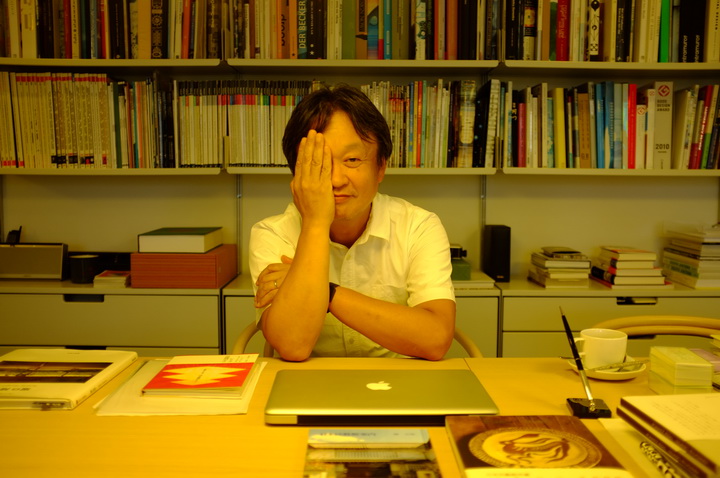Observation from the field trip at Harvey Norman…
The first things we noticed were the pastel-color retro toasters and misers just like many posts by the class mentioned. There were quite some interesting details I noticed.
The Coffee Machine
Although the placing and removing of the bottle wasn’t easy and it felt a bit awkward, there was this nice little detail. The small black cover that could be closed. For Food related product, having a nice appearance was one thing, but to have consideration for hygiene was rather important. This applied to especially for some products that look fabulous with details and gaps that ended up catching many remaining of the ingredient. Therefore, I believe kitchen products were more function-based and then emotion.
Design Trends
As many of us noticed, there were actually many retro-looking products. They had the big radius the bulky form and very vibrant domain color. For example, the iron shown in the above image. It was modern technology concealed in the retro design, bringing back the nostalgic feel of an iron. Looking at it sorted reminded me of scenes I saw when I was kid and my mom was using a traditional iron. This trend ,in my opinion, was driven mostly by emotion.
Another trend was pretty obvious through the Dyson products here. Thanks to the development of technology, designers were given more and more freedom to design the form of products. Creative and unconventional-looking products like the hair-dryer and the fan immediately caught our attention. They both have used magnets as a connection media to reduce unnecessary details. This is a cleaner and a LESS deisgn trend, a futuristic one in contrast to the one above.








